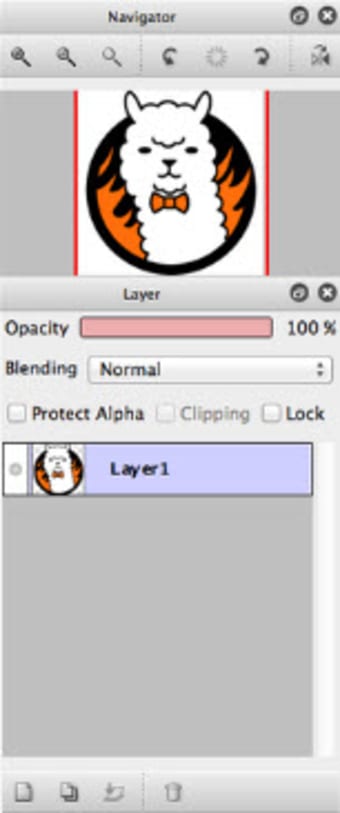

- Firealpaca failed to save how to#
- Firealpaca failed to save install#
- Firealpaca failed to save update#
- Firealpaca failed to save free#
And as mentioned in his comment : "It does not look cool to ignore the errors." To check all the services running on your machine use service -status-allĪnd a suggestion for people directly pasting the config command, please do reasearch a bit and atleast warn the user before using such commands. One more solution to this can be some other RAM heavy service running on your system, check for other service running on your server/machine/instance and stop it if its not necessary.
Firealpaca failed to save install#
So, it better to avoid the config command and UPGRADE YOUR REDIS MACHINE.įYI: You may need to install htop to make this work : sudo apt-get install htop In this scenario using config set stop-writes-on-bgsave-error no will be a disaster for the server and may result in disrupting other services running on the server(if any). If it shows high consumtion (like in my case it was 7.2GB/7.4GB) It's better to upgrade the instance's with larger Memory.
:origin()/pre00/478d/th/pre/i/2014/365/e/5/getting_images_into_firealpaca_by_obtusity-d8c2n9r.png)
Look for the Mem attribute after running htop command. You can determine the RAM consumption using the htop command. When my program was running the RAM usage went upto 7.2 GB leaving hardly ~100MB in RAM, this generally triggers the MISCONF Redis error. My EC2 machine had 8GB RAM(arounf 7.4 available for consumption) I faced the similar issue, the main reason behind this was the memory(RAM) consumption by redis. That way when you need redis for another project, the dump file will be created in your current project's directory and not in the hardcoded path's project directory. Hardcoding is rarely a good practice and I highly recommend starting the redis server from your project directory and changing the dir key back to./`. You should now be able to shut down the redis server.
Firealpaca failed to save how to#
You can search stackoverflow for how to do that). (Now, if you need to save the dump.rdb file in the directory that you started the server in, then you will need to change permissions for the directory so that redis can write to it. CONFIG SET dir "/hardcoded/path/to/your/project/folder" Then run BGSAVE to invoke the creation of the dump.rdb file.
Firealpaca failed to save update#
To solve this problem, you must go into the active redis client environment using redis-cli and update the dir key and set its value to your project folder or any folder where non-root has permissions to save. To make matters worse, redis will also probably not allow you to shut down the server either until it is able to create the rdb file to ensure the proper saving of data. It seems you have started running the redis server in a directory where redis does not have the correct permissions to create the dump.rdb file. Therefore, the directory from where you start the redis server is where a dump.rdb file will be created and updated. The default location for storing the rdb.dump file is. The answers above will definitely solve your problem, but here's what's actually going on: Start Redis Server in a directory where Redis has write permissions Modify /etc/nf and add: vm.overcommit_memory=1 Redis doesn't need as much memory as the OS thinks it does to write to disk, so may pre-emptively fail the fork. Setting overcommit_memory to 1 says Linux to relax and perform the fork in a more optimistic allocation fashion, and this is indeed what you want for Redis.
Firealpaca failed to save free#
Since in theory all the pages may change while the child process is saving, Linux can't tell in advance how much memory the child will take, so if the overcommit_memory setting is set to zero fork will fail unless there is as much free RAM as required to really duplicate all the parent memory pages, with the result that if you have a Redis dataset of 3 GB and just 2 GB of free memory it will fail. A page will be duplicated only when it changes in the child or in the parent. In theory the child should use as much memory as the parent being a copy, but actually thanks to the copy-on-write semantic implemented by most modern operating systems the parent and child process will share the common memory pages. The child process dumps the DB on disk and finally exits. Redis background saving schema relies on the copy-on-write semantic of fork in modern operating systems: Redis forks (creates a child process) that is an exact copy of the parent. Many times the fork fails to allocate memory (although the machine has enough RAM available) because of a conflicting optimization by the OS. Although exact reason for failure of BGSAVE can be checked from logs (usually at /var/log/redis/redis-server.log on linux machines) but a lot of the times BGAVE fails because the fork can't allocate memory. During BGSAVE, Redis forks a child process to save the data on disk.

This error occurs because of BGSAVE being failed.


 0 kommentar(er)
0 kommentar(er)
